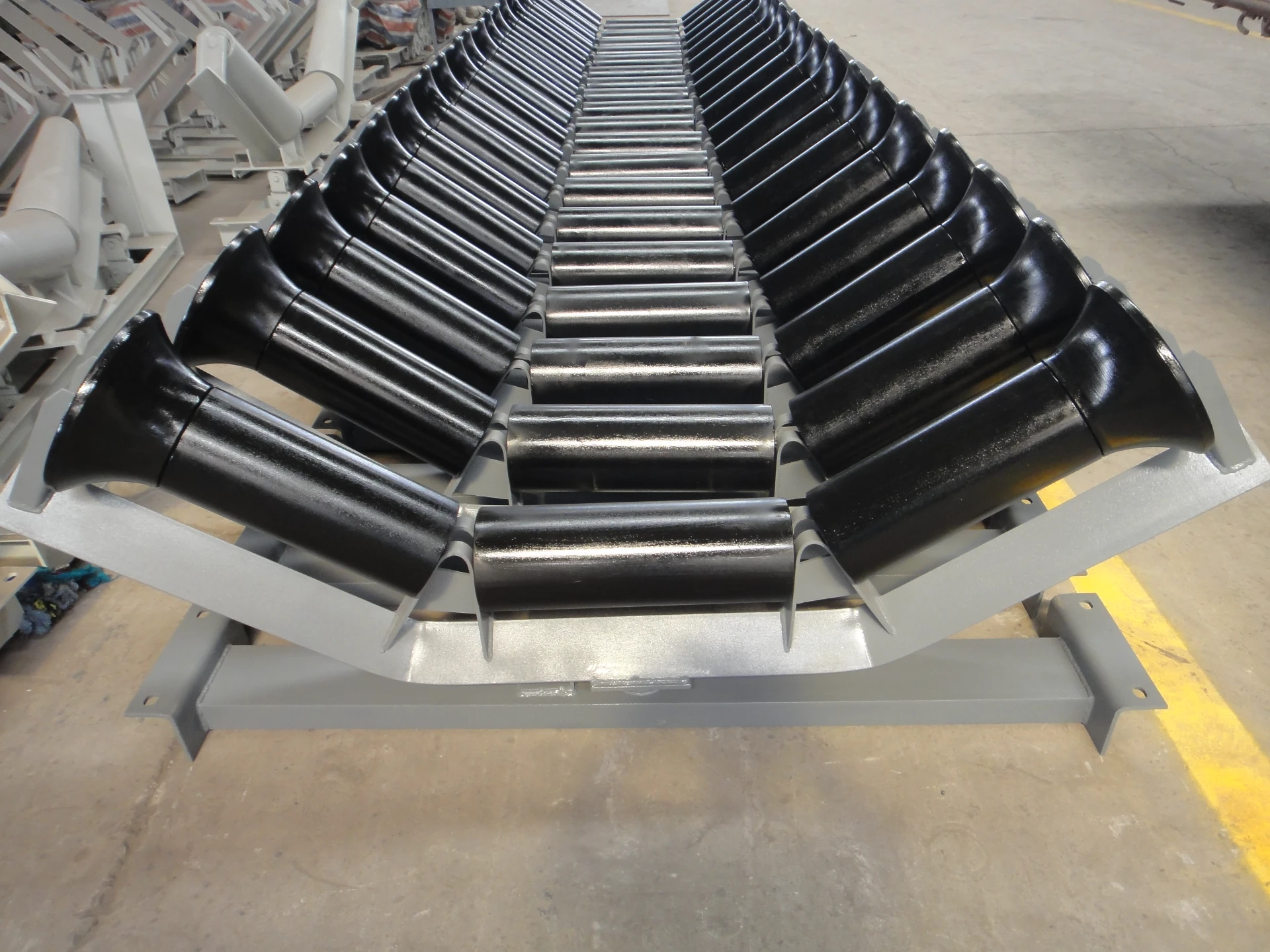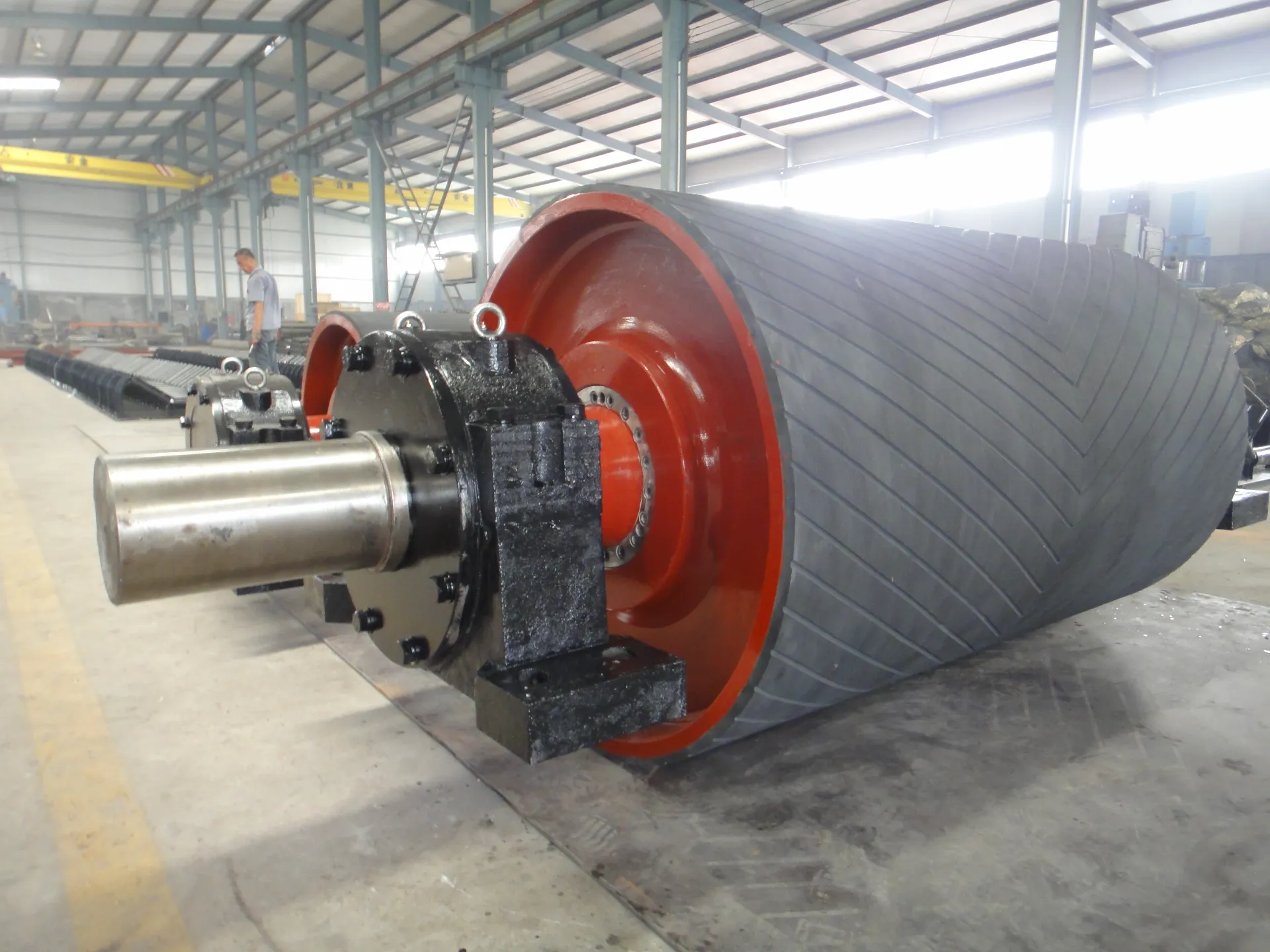 Afrikaans
Afrikaans  Albanian
Albanian  Amharic
Amharic  Arabic
Arabic  Armenian
Armenian  Azerbaijani
Azerbaijani  Basque
Basque  Belarusian
Belarusian  Bengali
Bengali  Bosnian
Bosnian  Bulgarian
Bulgarian  Catalan
Catalan  Cebuano
Cebuano  Corsican
Corsican  Croatian
Croatian  Czech
Czech  Danish
Danish  Dutch
Dutch  English
English  Esperanto
Esperanto  Estonian
Estonian  Finnish
Finnish  French
French  Frisian
Frisian  Galician
Galician  Georgian
Georgian  German
German  Greek
Greek  Gujarati
Gujarati  Haitian Creole
Haitian Creole  hausa
hausa  hawaiian
hawaiian  Hebrew
Hebrew  Hindi
Hindi  Miao
Miao  Hungarian
Hungarian  Icelandic
Icelandic  igbo
igbo  Indonesian
Indonesian  irish
irish  Italian
Italian  Japanese
Japanese  Javanese
Javanese  Kannada
Kannada  kazakh
kazakh  Khmer
Khmer  Rwandese
Rwandese  Korean
Korean  Kurdish
Kurdish  Kyrgyz
Kyrgyz  Lao
Lao  Latin
Latin  Latvian
Latvian  Lithuanian
Lithuanian  Luxembourgish
Luxembourgish  Macedonian
Macedonian  Malgashi
Malgashi  Malay
Malay  Malayalam
Malayalam  Maltese
Maltese  Maori
Maori  Marathi
Marathi  Mongolian
Mongolian  Myanmar
Myanmar  Nepali
Nepali  Norwegian
Norwegian  Norwegian
Norwegian  Occitan
Occitan  Pashto
Pashto  Persian
Persian  Polish
Polish  Portuguese
Portuguese  Punjabi
Punjabi  Romanian
Romanian  Russian
Russian  Samoan
Samoan  Scottish Gaelic
Scottish Gaelic  Serbian
Serbian  Sesotho
Sesotho  Shona
Shona  Sindhi
Sindhi  Sinhala
Sinhala  Slovak
Slovak  Slovenian
Slovenian  Somali
Somali  Spanish
Spanish  Sundanese
Sundanese  Swahili
Swahili  Swedish
Swedish  Tagalog
Tagalog  Tajik
Tajik  Tamil
Tamil  Tatar
Tatar  Telugu
Telugu  Thai
Thai  Turkish
Turkish  Turkmen
Turkmen  Ukrainian
Ukrainian  Urdu
Urdu  Uighur
Uighur  Uzbek
Uzbek  Vietnamese
Vietnamese  Welsh
Welsh  Bantu
Bantu  Yiddish
Yiddish  Yoruba
Yoruba  Zulu
Zulu Feb . 15, 2025 05:11
Back to list
conveyor roller parts
Belt conveyors have revolutionized various industries, becoming integral components in manufacturing, distribution, and material handling processes. Constructed with numerous specialized parts, these systems streamline operations, boost efficiency, and reduce labor costs. Understanding the essential components and their functions provides valuable insights into optimizing these versatile machines for operational excellence.
Bearings Bearings are pivotal in reducing friction within the pulley and roller systems, ensuring smooth rotational movement. High-quality bearings are designed to withstand the operational stresses of constant motion and variable loads, contributing to operational reliability and reducing maintenance needs. Their placement and type influence a conveyor's longevity and operational noise levels, making them crucial for optimal performance. Belt Cleaners and Scrapers Preventing material buildup on the belt and pulleys, belt cleaners and scrapers help maintain system hygiene and efficiency. Positioned strategically along the conveyor, they remove debris and clear residues that could otherwise cause belt misalignment or wear. The choice of scraper material—metal or polyurethane—depends on the conveyed material’s abrasiveness and operational conditions. Tensioning Systems Key to ensuring proper belt traction and alignment, tensioning systems compensate for changes in belt length due to temperature variations or stretch over time. These systems—mechanical or motorized—integrate easily adjustable mechanisms to maintain optimal tension. Improper tensioning can lead to increased wear or slippage, affecting conveyor performance. Safety Systems Modern conveyors integrate stringent safety features, preventing accidents and minimizing risk. These include emergency stop cords, protective guards, and warning alarms. Such systems are designed in compliance with industry standards, ensuring the wellbeing of personnel interacting with or operating the conveyors. Control Systems Integral to automation, control systems monitor and regulate conveyor operations, coordinating with other machinery within production lines. Advanced systems use sensors and programmable logic controllers (PLCs) to perform tasks with accuracy and efficiency, reducing the need for manual interventions and boosting productivity. Maintaining an in-depth understanding of belt conveyor components and their functions is essential for selecting the appropriate system for specific tasks and environments. Regular maintenance routines, aligned with the understanding of each component’s role, can extend the life of conveyors, ensuring consistent operational output across diverse applications. Investing in quality parts, expert installation, and ongoing training significantly influences the reliability and performance of belt conveyor systems, positioning businesses to thrive in competitive markets.


Bearings Bearings are pivotal in reducing friction within the pulley and roller systems, ensuring smooth rotational movement. High-quality bearings are designed to withstand the operational stresses of constant motion and variable loads, contributing to operational reliability and reducing maintenance needs. Their placement and type influence a conveyor's longevity and operational noise levels, making them crucial for optimal performance. Belt Cleaners and Scrapers Preventing material buildup on the belt and pulleys, belt cleaners and scrapers help maintain system hygiene and efficiency. Positioned strategically along the conveyor, they remove debris and clear residues that could otherwise cause belt misalignment or wear. The choice of scraper material—metal or polyurethane—depends on the conveyed material’s abrasiveness and operational conditions. Tensioning Systems Key to ensuring proper belt traction and alignment, tensioning systems compensate for changes in belt length due to temperature variations or stretch over time. These systems—mechanical or motorized—integrate easily adjustable mechanisms to maintain optimal tension. Improper tensioning can lead to increased wear or slippage, affecting conveyor performance. Safety Systems Modern conveyors integrate stringent safety features, preventing accidents and minimizing risk. These include emergency stop cords, protective guards, and warning alarms. Such systems are designed in compliance with industry standards, ensuring the wellbeing of personnel interacting with or operating the conveyors. Control Systems Integral to automation, control systems monitor and regulate conveyor operations, coordinating with other machinery within production lines. Advanced systems use sensors and programmable logic controllers (PLCs) to perform tasks with accuracy and efficiency, reducing the need for manual interventions and boosting productivity. Maintaining an in-depth understanding of belt conveyor components and their functions is essential for selecting the appropriate system for specific tasks and environments. Regular maintenance routines, aligned with the understanding of each component’s role, can extend the life of conveyors, ensuring consistent operational output across diverse applications. Investing in quality parts, expert installation, and ongoing training significantly influences the reliability and performance of belt conveyor systems, positioning businesses to thrive in competitive markets.
Next:
Latest news
-
Revolutionizing Conveyor Reliability with Advanced Rubber Lagging PulleysNewsJul.22,2025
-
Powering Precision and Durability with Expert Manufacturers of Conveyor ComponentsNewsJul.22,2025
-
Optimizing Conveyor Systems with Advanced Conveyor AccessoriesNewsJul.22,2025
-
Maximize Conveyor Efficiency with Quality Conveyor Idler PulleysNewsJul.22,2025
-
Future-Proof Your Conveyor System with High-Performance Polyurethane RollerNewsJul.22,2025
-
Driving Efficiency Forward with Quality Idlers and RollersNewsJul.22,2025
OUR PRODUCTS





























